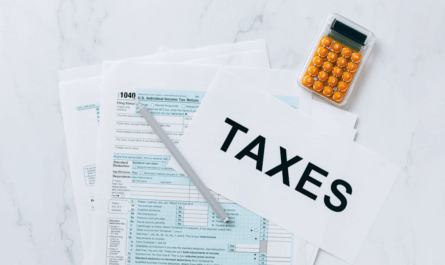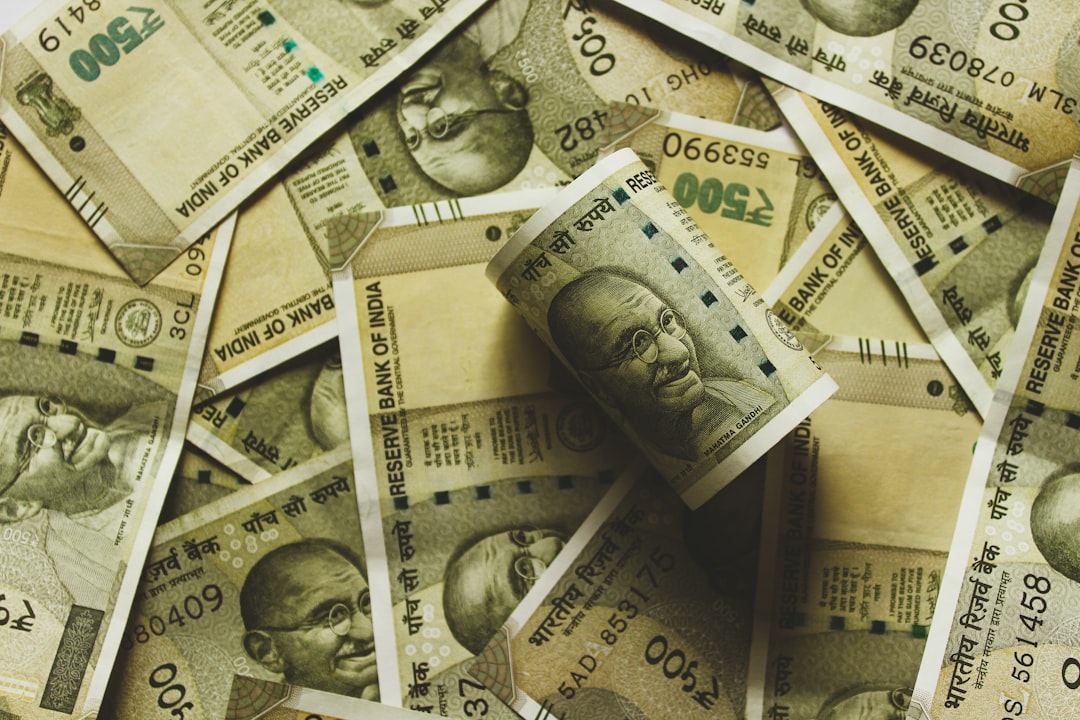Fixed deposits (FDs) are a popular investment option among Indians due to their safety and guaranteed returns. However, many investors are unsure about the tax implications of their FD returns. Are the returns from fixed deposits fully tax-free, or do you need to pay taxes on the interest earned? This article will delve into the FD tax benefits, explore tax-saving options, and discuss strategies to minimise your tax liability.
Understanding the Taxability of FD Returns
Get high ROI with 8.8% on Fixed Deposits. Invest today
Taxable Interest Income
The interest earned from fixed deposits is considered ‘Income from Other Sources’ and fully taxable. This means the interest income is added to your taxable income from FD and taxed based on your income tax slab. Suppose you fall in the 30% tax bracket and earn ₹50,000 as interest from your FD. Then, you’ll need to pay ₹15,000 as tax on that interest income.
TDS on FD Interest
Banks deduct tax deducted at Source (TDS) from the interest earned from FDs if it exceeds certain thresholds. For non-senior citizens, TDS is deducted if the interest income exceeds ₹40,000 in a financial year. Senior citizens have a higher threshold of ₹50,000. The TDS rate is 10% if you provide your PAN details and 20% if you don’t.
|
Category |
TDS Threshold |
TDS Rate (with PAN) |
TDS Rate (without PAN) |
|
Non-Senior Citizens |
₹40,000 |
10% |
20% |
|
Senior Citizens |
₹50,000 |
10% |
20% |
Exemption from TDS
Let’s say your total income is below the taxable limit. Then, you can avoid TDS by submitting Form 15G (for individuals below 60 years) or Form 15H (for senior citizens). These forms are a declaration that your income is not taxable. Plus, the bank will not deduct TDS from your FD interest.
Tax-Saving Fixed Deposits
Section 80C Tax Benefits
Tax-saving fixed deposits, also known as 5-year FDs, offer tax benefits under Section 80C of the Income Tax Act. You can claim a deduction of up to ₹1.5 lakh per financial year for investments made in these FDs. But, it’s important to note that while the investment qualifies for tax deduction, the interest earned is still taxable.
Lock-in Period and Premature Withdrawal
Tax-saving FDs come with a lock-in period of five years, and premature withdrawals are not allowed. This ensures that you commit your funds for the long term and enjoy the tax benefits. Make sure to factor in your liquidity needs before investing in these FDs.
Calculating Post-Tax Returns
Importance of Post-Tax Returns
When evaluating the returns from your fixed deposit, consider the post-tax returns rather than just the interest rate. The post-tax return shows your actual earnings after taxes on the interest income.
Calculation Example
Let’s say you invest ₹1 lakh in an FD with an interest rate of 7% per annum. The interest earned in a year would be ₹7,000. If you fall in the 30% tax bracket, you must pay ₹2,100 as tax on the interest income. Your post-tax return would be:
Post-Tax Return = (Interest Earned – Tax Paid) / Investment Amount
= (₹7,000 – ₹2,100) / ₹1,00,000 = 4.9%
You can use the Airtel Finance Fixed Deposit Interest Calculator to calculate your post-tax returns easily.
Strategies to Minimise Tax Liability
Laddering FDs
One strategy to minimise your tax liability is to ladder your fixed deposits. Instead of investing a lump sum in a single FD, spread your investment across multiple FDs with different maturity dates. This way, you can keep the interest from each FD below the taxable threshold, reducing your tax burden.
Investing in the Name of Family Members
Another approach is to invest in FDs under the names of family members with lower incomes or in lower tax brackets. Doing this allows you to take advantage of their lower tax rates and reduce the overall tax liability on your FD returns.
Senior Citizen Benefits
Senior citizens can benefit from the higher TDS threshold of ₹50,000. They can also claim an additional deduction of up to ₹50,000 under Section 80TTB for interest income from fixed deposits. Senior citizens can minimise their tax outgo by carefully planning their investments and keeping the interest income within these limits.
Tax-Free Investments
For tax-free investments, government bonds or tax-free fixed deposits let you earn returns without the tax burden on the interest income. Exploring these alternatives can benefit investors seeking to reduce their taxable income.
Conclusion
Fixed deposits offer guaranteed returns and are considered a safe investment option. Yet, it’s essential to understand the tax implications of your FD returns. The interest earned from FDs is fully taxable, and banks deduct TDS if the interest income exceeds certain thresholds. Invest in tax-saving FDs, ladder your investments, and strategically utilise the exemptions and deductions available. This lets you minimise your tax liability and optimise your post-tax returns.
To make informed decisions about your fixed deposit investments, consider exploring the Airtel Finance Fixed Deposit offerings. Airtel Finance has competitive interest rates, easy document submission, and the convenience of a loan against FD. It can help you grow your wealth while navigating the tax implications effectively.
FAQs:
1. Is there a limit to the tax-free interest income from fixed deposits?
There is no specific limit for tax-free interest income from FDs. However, senior citizens can claim a deduction of up to ₹50,000 on interest income under Section 80TTB.
2. Are there any tax-saving fixed deposit options available?
Yes, tax-saving fixed deposits are also known as 5-year FDs. It offers tax deductions of up to ₹1.5 lakh under Section 80C of the Income Tax Act. But, the interest earned is still taxable.
3. Do senior citizens get any tax benefits on fixed deposit returns?
Senior citizens have a higher TDS threshold of ₹50,000 on FD interest income. They can also claim an additional deduction of up to ₹50,000 under Section 80TTB for interest income from fixed deposits.
4. How can you calculate the post-tax returns on fixed deposits?
To calculate the post-tax returns, subtract the tax paid on the interest income from the total interest earned. Afterwards, divide the result by the invested amount. You can use online FD calculators for quick calculations.
5. What is TDS, and how does it apply to fixed deposits?
TDS, or Tax Deducted at Source, is the tax deducted by banks on the interest earned from fixed deposits. It is applicable if the interest exceeds ₹40,000 (for non-senior citizens) or ₹50,000 (for senior citizens) in a financial year.



